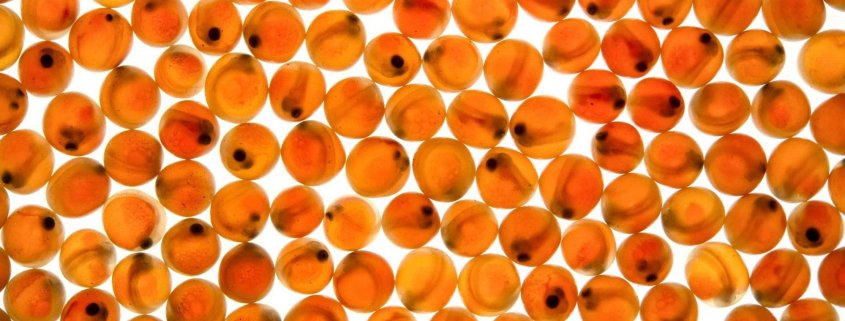
One of the discoveries made through the Salish Sea Marine Survival Program was that hatchery Coho and Chinook have lower survival rates than their wild counterparts. To better understand why, PSF applied for and received a grant from the British Columbia Salmon Restoration and Innovation Fund to perform an independent review of salmon enhancement in BC. A key component of the review was to examine the release strategies used by DFO’s Salmonid Enhancement Program (SEP) and explore how they could be used as a management tool to influence production outcomes. This work consisted of a review of the scientific literature to establish what we already know, as well as an investigation of past experimental hatchery releases, and a complex modelling exercise to determine which release strategies are most likely to improve hatchery survivals, and where.

The strategies hatcheries employ for rearing and releasing fish are critical to meeting their goals and objectives. Hatchery programs face the challenging task of developing strategies that maximize survival while meeting management objectives and minimizing risk to wild populations. Release strategies refer to elements such as the size at release, timing of release, nature of release (i.e. forced out all at once or allowed to leave the hatchery volitionally), and the use of acclimation facilities (e.g. seapens) prior to release.
-

Figure 2. Checking Chinook alevin at Big Qualicum Hatchery to see if they’re “buttoned up” (yolk sac absorbed) and ready to be transferred to outdoor channels -

Figure 3. Coho rearing in circular tubs at Nitinat River Hatchery
For each of the 21 Chinook and 16 Coho hatcheries we analyzed in our models, we found ranges of release weights and dates that are expected to improve survivals. Similar to findings from other research, we found that releasing hatchery smolts at a larger body size could improve hatchery survivals of both Chinook and Coho salmon. In addition, Coho seemed to do better when released slightly later than normal, while Chinook did better when released slightly earlier. The weight at release was also found to be a better determinant of overall survival than release timing. We also found that changing environmental conditions year-to-year had a strong influence on hatchery survival rates, although the degree of influence varied across hatcheries. Therefore, some hatcheries may experience greater benefits from altering their release practices than others. Our findings provide SEP with the best available information for making improvements to hatchery release strategies in BC and prioritizing where those improvements should be made. Further research is still needed to understand the impacts of these release strategies on wild salmon.

